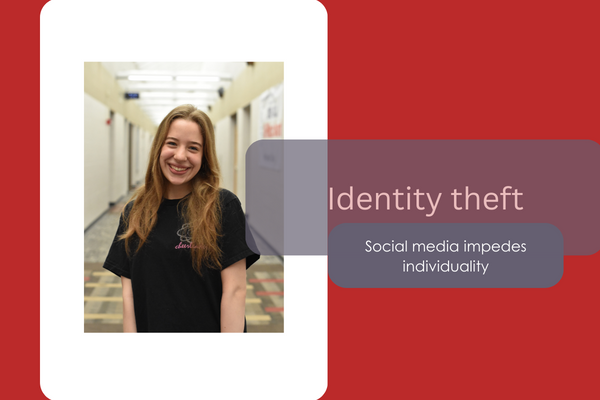Cyber bullying: just as bad, maybe even worse
October 19, 2014
Browsing through Twitter when I was at my friend’s house last week, I saw an unnamed source tweet “I think cyber bullying isn’t real because that’s just ignorant, but real life bullying is definitely real.”
Well, I hate to break it to said person, but cyber bullying poses a threat just as much as real life bullying does, according to psychologytoday.com.
There’s no hiding that both boys and girls experience bullying, but studies from edweek.org showed that there’s a 25.1 percent chance adolescent girls experience bullying, whereas there’s a 16.6 percent chance that adolescent boys experience it. The same website also stated that girls are more likely to spread rumors, while boys are more likely to post hurtful pictures or videos.
With many online websites being popular now, such as Twitter and Instagram, it makes it quite easy for cyber bullying to happen.
With 200 million monthly Instagram users and 271 million monthly Twitter users, according to expandedramblings.com, it makes it almost effortless for a post or tweet to get misinterpreted by someone.
The average tweets per second, or TPS, is an average of 5,700, while the record is 143,199 TPS according to blog.twitter.com. This doesn’t mean that those tweets are positive. Many times I’ve logged onto Twitter and have seen constant subtweet after subtweet, known as a post that refers to a particular user without directly mentioning them. A subtweet, typically a form of furtive mockery or criticism, is something that is used quite often on Twitter.
Bullyingstatics.org stated that cyber bullying can be very damaging to adolescents and teens. It can lead to anxiety, depression and even suicide. Also, once things are circulated on the Internet, they may never disappear, resurfacing at later times to renew the pain of cyber bullying.
Many people chose to cyber bully, though, because it’s easier to do that face-to-face bullying, according to psychologytoday.com. Teens can become desensitized to a computer screen and say or do things that they wouldn’t do to a person’s face. The computer desensitizes teens and decreases the level of empathy they feel toward the victim. Plus, when they can’t see the person’s reaction to what they post or text, they may not know if they’ve gone too far.
Parents and teens engaging in the cyber bullying are able to face legal charges as well, according to bullyingstatics.org.
So, for everyone thinking that cyber bullying isn’t an issue or real, they’re wrong. Because of it, according to bullyingstatics.org, over 14 percent of high schoolers have considered it, while seven percent have actually attempted it.







